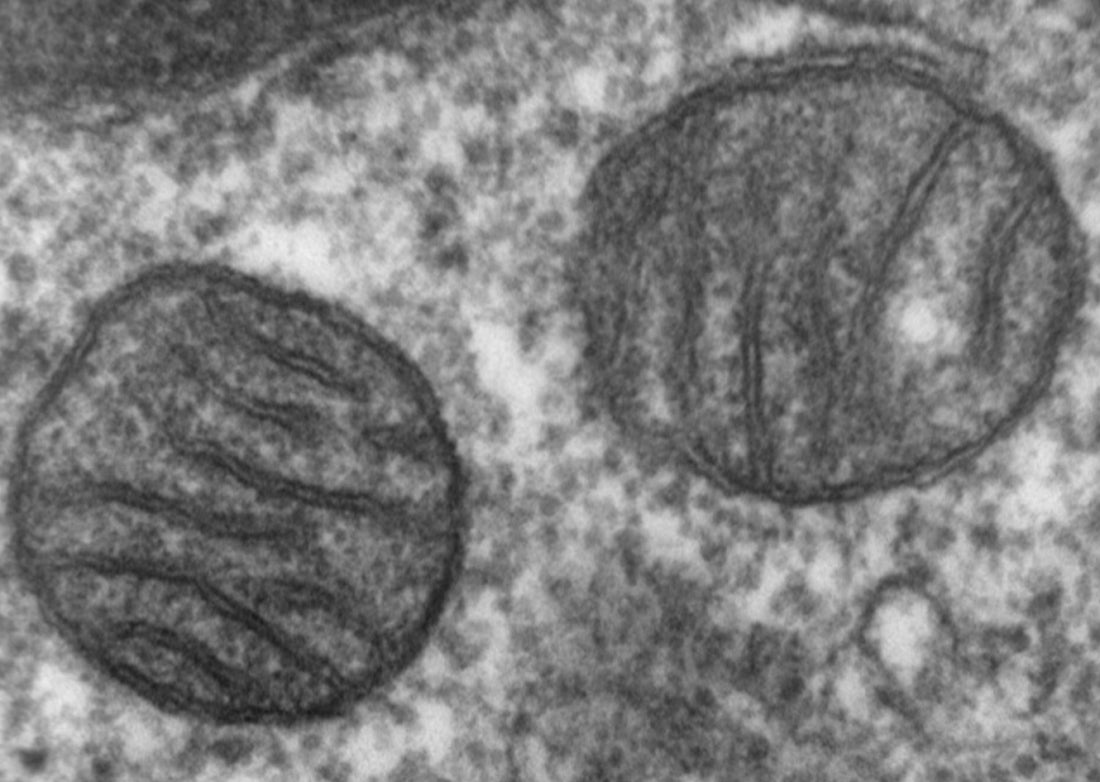
Hallmarks of aging: mitochondrial dysfunction
Share
Mitochondria are not just components of our cells; they are the very essence of energy, life, and vitality within them. Thousands of these microscopic powerhouses navigate through our cells, each one a testament to the complexity and marvel of biological systems. Their semi-autonomous nature, characterized by their unique DNA, ability to multiply, and tendency to merge, underscores their critical role in cellular health and function. This article delves into the fascinating world of mitochondria, exploring their functions, the challenges they face with aging, and their profound impact on our overall health.
The vital role of mitochondria
Mitochondria are often hailed as the powerhouse of cells, a title well-earned through their indispensable role in energy production. These organelles are responsible for converting nutrients into adenosine triphosphate (ATP), the energy currency that powers nearly every cellular activity. Beyond energy production, mitochondria are involved in a range of vital processes, including signaling, cellular differentiation, and the control of the cell cycle and cell growth. Their ability to operate semi-autonomously, complete with their own DNA, allows them to multiply and form groups, ensuring that cells have an adequate energy supply to meet their needs.
The aging dilemma
As pivotal as mitochondria are to our cellular health, they are not immune to the ravages of time. With age, these cellular powerhouses begin to falter in their energy production capabilities. The decline in mitochondrial function is twofold: not only do they generate less energy, but their numbers also dwindle. Additionally, the process of mitophagy, a critical recycling mechanism that removes damaged mitochondria, becomes less efficient over time. The accumulation of these impaired organelles can lead to a variety of health issues, underscoring the importance of maintaining mitochondrial health throughout one's life.
The impact on energy-hungry organs
The consequences of mitochondrial malfunction are most pronounced in the body's most energy-demanding tissues. Muscles, which are significant calorie burners, experience a noticeable decline in mass and strength with age, a process in which mitochondrial damage plays a crucial role. Similarly, the brain, which accounts for a mere 2 percent of body weight but consumes approximately 20 percent of the body's energy, is heavily reliant on mitochondrial efficiency. Diseases such as Parkinson's and Alzheimer's have been linked to mitochondrial dysfunction, highlighting the critical need to preserve mitochondrial health for cognitive well-being.
Preserving mitochondrial health
Understanding the pivotal role and vulnerabilities of mitochondria points to the importance of strategies aimed at preserving their function. Lifestyle choices such as regular exercise, a balanced diet rich in nutrients, and adequate sleep have been shown to support mitochondrial health. Furthermore, ongoing research into mitochondrial dynamics and the mechanisms underlying their decline with age holds promise for the development of targeted interventions to prevent or mitigate mitochondrial dysfunction.
Mitochondria, the powerhouses of our cells, play a vital role in our overall health and well-being. As we age, the challenge of maintaining mitochondrial health becomes increasingly significant, impacting our energy levels, muscle strength, and cognitive function. By recognizing the importance of these organelles and adopting lifestyles that support their function, we can help ensure a healthier, more vibrant life.